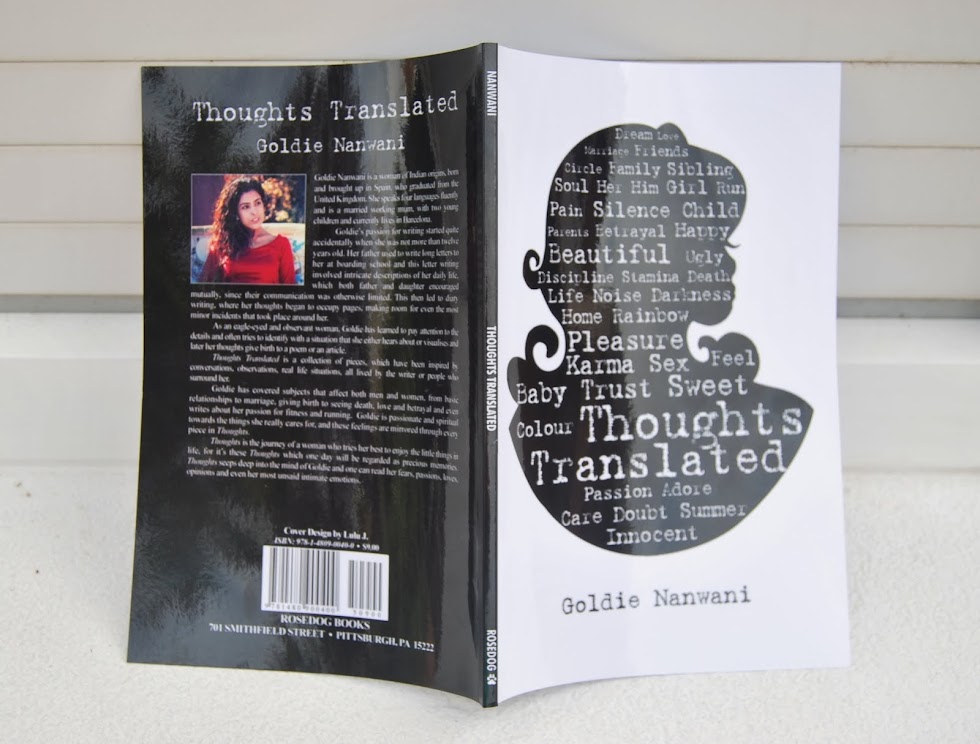A landscape that shares millionaires and paupers
Bollywood love songs and religious bhajans
Resonating in and out of rickshaws
The smell of paan
Beetle leaves freshly sit on roadside marble slabs
Sweltering heat
Uneven roads, gymnastics for my feet
Every road crossing is like a leap of faith
Shiny Parle toffee wrappers
An entire shelf of toothpaste boxes
Stainless steel tiffins
A haberdashery that stocks from pots to pins
A disabled child with the biggest smile
No traffic light is free from the hijras putting you on trial
Cannot help but peak at the Mid-day headlines
The boy sells between the vehicle aisles
Twelve kilometers per hour, I’ll still be here for a while
Street food cravings
My stomach’s not smart to tolerate these ravings
I see the carts and their coconut shavings
Buttered bread aromas fill the evening pandemonium
Torrents of cinemagoers in perfect harmonium
Incense vapors initiate the working day
Car horns serve as the soundtrack for any vehicle to find
their way
Thousands of commuters in and out of trains
Nothing stops these Mumbaikers, least of all the rains
The smart often labeled unreasonable
Black magic baba
most reasonable
Behind the glamour and glitz of the silver screen
Lies the maddening life of the common man
His muffled scream
A long soothing drive
Where else but on Marine Drive
Unveils the real life documentary
Obscenities hard to bear
A growing plague
It’s here, it’s everywhere
A kaleidoscopic vignette
You don’t always give to then get
Love, hate, love, hate
Ho jaega… a city
where a lot is left to fate


